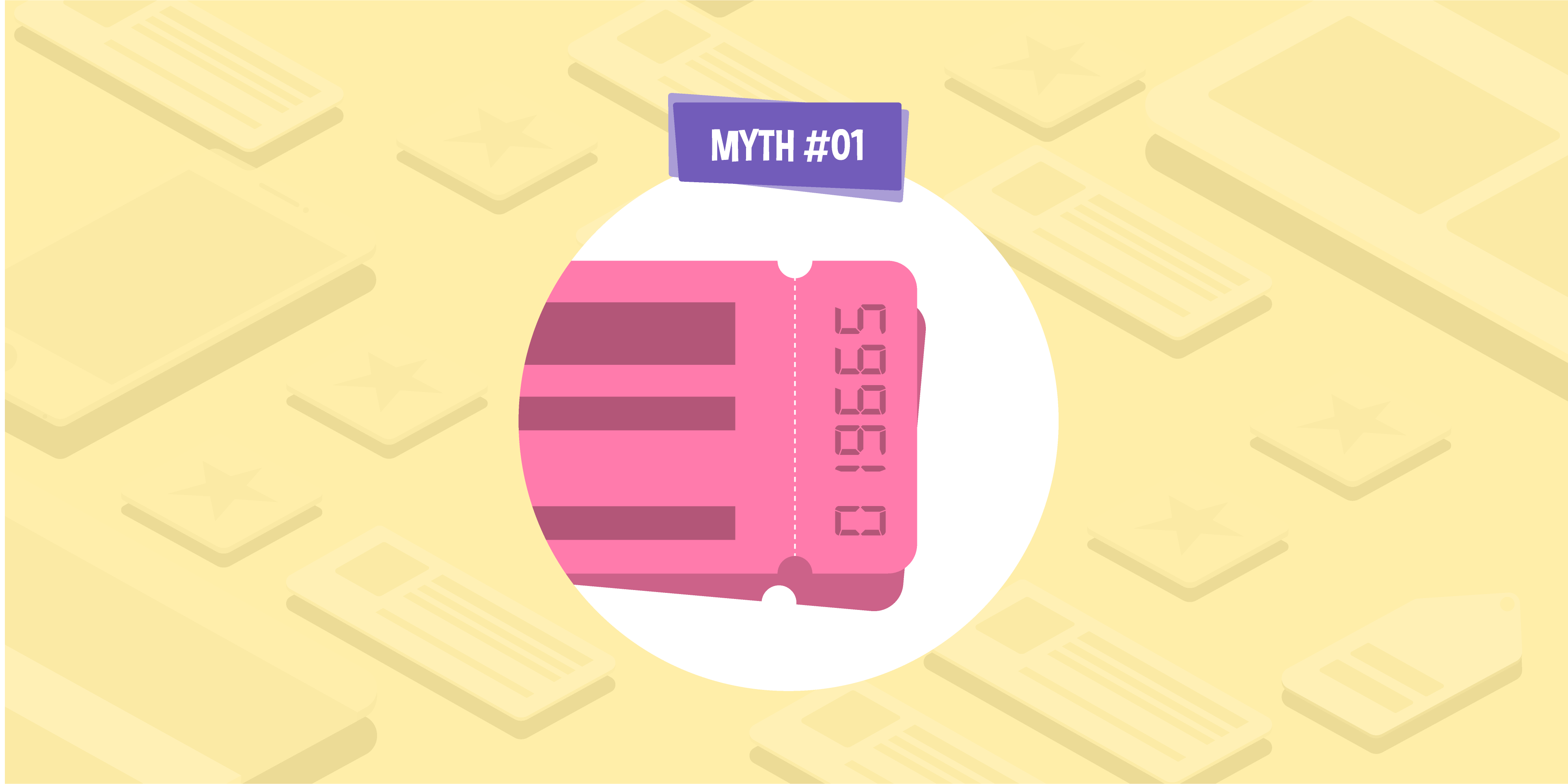
- 08 Oct 2019
- 7 Min read
How to deal with core update ranking drops in ecommerce SEO
In September, we saw Google make its third Core Update of the year, following those that happened in March and June. This was only the second time the search engine giant has ever announced an algorithm update in advance.
Now that it’s been fully rolled out, webmasters and SEOs around the world have been measuring the impact on rankings, traffic, and — most importantly — conversions. If you are one of the unfortunate “losers” that has been negatively impacted by this update, we’re going to explain why you might have seen drops in your rankings. And, even if you haven’t been affected by the latest update, this post contains some useful ecommerce SEO tips to help boost your ongoing organic efforts.
What is a Google Core Update?
When we talk about Google core updates, we’re referring to broad changes that have been made to fundamental elements of the search engine’s algorithm. In Google’s own words: “the changes are about improving how our systems assess content overall. These changes may cause some pages that were previously under-rewarded to do better”. But, of course, updates can also cause a drop in rankings for some sites.
As I’ve mentioned, these core updates are broad, which means they don’t apply to one specific facet of Google’s algorithm. And, even if they did, it’s unlikely the search engine would make this public knowledge, so we would never truly know.
How to react to a Google core update
Now that you know what a Google core update is, you might be wondering what you can do to safeguard your rankings or help them to recover if you’ve been hit. Here are the steps we would recommend taking.
Don’t react
Yes, you read that right — don’t react! Of course, it’s in our nature to see a problem and want to fix it but, as I’ve discussed, we aren’t given any specific information when it comes to core updates. So, how can you change what you’re doing if you don’t know what’s wrong?
We would always recommend taking a proactive approach, rather than a reactive one. In Google’s guide to core updates, the company says: “There’s nothing wrong with pages that may perform less well in a core update”. So, try not to stress too much if you do see a drop in rankings following a core update. Instead, take some time to think about how you can improve your overall SEO strategy. This way, you should be able to help your rankings recover, and could even reduce the risk of future updates having such a negative impact on your visibility.
Remember that content is still king
When you’re considering how you can improve your SEO strategy overall, it’s important to remember that your on-site content is going to have the biggest effect on your rankings and conversions. So, regardless of what industry you might work in, it’s vital you ensure that the copy on your website is valuable, accurate, and well optimised. Google’s guidance on building high-quality sites has more information on what you should be looking at when assessing your existing content and writing new pieces.
If you’re not sure where to start, or you just don’t have the time to create great content for your site, we offer a content service that might be of interest.
Check for duplicate content
The most fundamental aspect of a website is the navigation — this is what helps users and search engines alike make sense of your website.
However, we commonly see ecommerce sites that are structured in a way that creates duplicate pages. This creates internal competition and causes keyword cannibalisation, which affects the ranking potential of those pages.
For example, let’s say a site has both of these URLs:
- https://example.com/mens/polo-shirts/fred-perry
- https://example.com/mens/fred-perry/polo-shirts
It’s highly unlikely that the site will rank well for related keywords, (such as “men’s Fred Perry polo shirts”) due to the internal competition.
In cases like this, there are a few courses of action you can take:
- Canonicalisation: Choose a URL to be the canonical (preferred) version for ranking. In this case, ‘/mens/polo-shirts/fred-perry’ would make the most sense from a search engine perspective, so we’d make this the canonical URL.
- Redirects: A wiser strategy for the longer term, redirecting the non-preferred page to the preferred page is a great way to show Google which URL should be indexed.
- Site restructure: The prospect of restructuring your site might be a scary one but getting it right will effectively eliminate any duplication of pages, making crawling and indexing much easier for the search engines.
If you’re struggling with duplicate pages and content, we can help you through our technical SEO service. Fixing these problems on your own can take a lot of time and energy, but we have all of the tools to sort everything quickly and easily.
Be aware that internal competition isn’t always bad
With ecommerce sites, we frequently see product pages ranking alongside category pages for a brand term. While this is technically internal competition, it doesn’t mean you’ve done something wrong, but there are steps you can take to maximise your ranking potential, such as:
- Add optimised internal links: Sometimes you simply can’t avoid internal competition with ecommerce sites. If you find yourself in this situation, it’s best to use optimised internal links that will help to make the preferred page the authority. For example, it could help to add internal links from the product page to the category page. It’s also a good idea to add further internal links to the category page from other relevant pages, such as sub-categories and other product pages.
- Canonicalise: This is the best solution for a set of duplicate pages that are needed, as they serve different purposes for the user. As it’s only a canonical tag, the user and search engine will be served the pages in the intended manner. However, when it comes to indexing and ranking, the canonical version will be the preferred URL. This will stop the internal competition while keeping all pages involved.
- Redirect: This is the ideal solution if you have duplicated pages that need to be consolidated permanently. Unlike a canonical tag, a redirect is absolute and is respected by search engines. As a general rule of thumb, use ‘301’ (permanent) redirects and make sure to clean up any outdated links after redirecting your pages.
Check for thin category pages
Following the Panda Update in 2011, Google sought to diminish the presence of low-quality sites in search results. And, the focus was put on thin, duplicate, and low-quality content.
Most ecommerce sites have category pages with very few products, as well as little to no content. So, if you want to boost your rankings, it’s vital that you seek these pages out and improve their overall quality to give them a better change of competing on Google’s SERPs. For example, it’s unlikely a category page with three or fewer products will fulfil a user’s needs, so anyone who organically visits these pages is likely to bounce. The best thing to do with these types of pages is to “noindex” them using the robots meta tag. This will ensure the page and products are still visible on your site, but the page won’t rank in the SERPs, allowing a more relevant page to do so instead.
It’s also important that you write valuable and optimised content for your category pages. As I’ve previously mentioned, content is one of the most important elements of a website, as it’s what’s going to determine what keywords your pages rank for. It can also make or break a sale so, if your category pages don’t have content that both users and search engines love, you could be missing out on a lot of traffic and conversions.
These tips should help you to find potential problems with your ecommerce site, so you can unpick the issues that are keeping you from achieving organic success. But, if you don’t know where to start or simply don’t have the time to devote to this, the help of an SEO agency can be invaluable! Get in touch to discuss what we can do for you today.
Marcus McConkey
Head of Technical SEO

